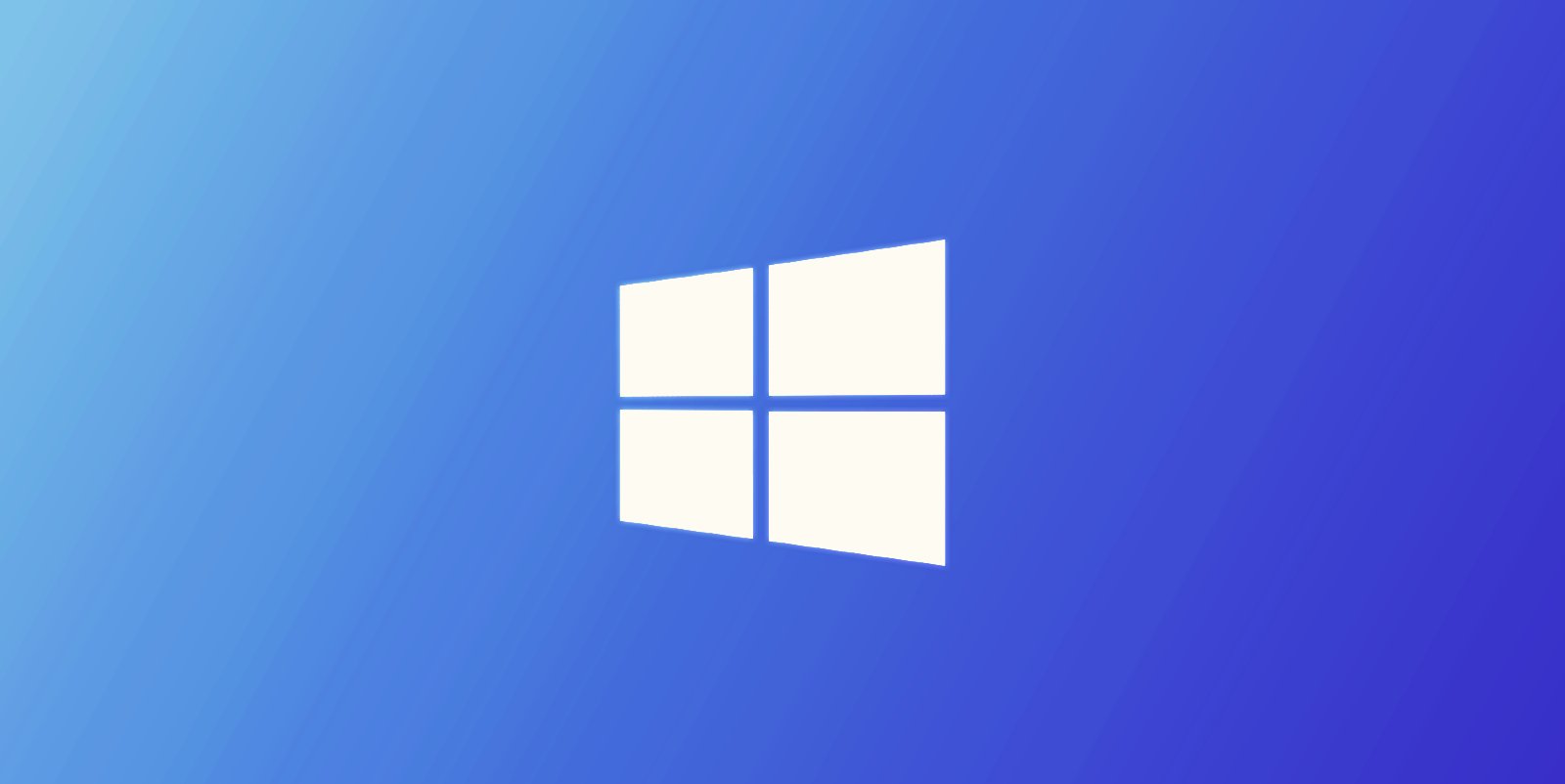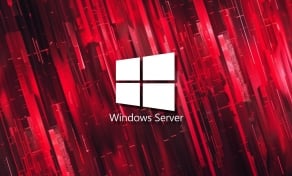
Microsoft says multiple editions of Windows 10 20H2 and Windows 10 1909 have reached their end of service (EOS) on this month's Patch Tuesday, on May 10, 2022.
This announcement comes after multiple reminders, including those issued this year in February and April, prompting customers to upgrade since Windows 10 20H2 (aka the October 2020 Update) will reach EOS for Windows 10 Home, Pro, Pro Education, and Pro for Workstations users.
It's also worth mentioning that Enterprise, Education, and IoT Enterprise editions will only reach their end of service next year, on May 9, 2023.
Redmond also revealed this week that Windows 10 1909 Enterprise, Education, and IoT Enterprise editions have also reached EOS (Windows 10 1909 Home, Pro, Pro Education, and Pro for Workstations already did last May).
"The May 2022 security update, released on May 10, is the last update available for these versions," Microsoft said on Tuesday.
"After that date, devices running these editions will no longer receive monthly security and quality updates containing protections from the latest security threats."
Windows 10 21H2 forced rollout
Microsoft says it will force Windows 10 21H2 feature updates on consumer devices and non-managed business devices still running Windows 10 1909 and 20H2 editions via Windows Update.
This ensures that devices that have reached EOS will keep receiving critical monthly updates, security updates, and improvements.
On January 21, 2022, Microsoft announced that it had started a forced deployment of Windows 10 21H2 to more devices reaching EOS.
Windows 10 21H2 is also rolling out to seekers — Windows users who manually check for updates — on Windows 10 2004 and higher via a quick update experience similar to monthly updates.
You can find more info regarding end of service dates for supported versions of Windows in the Windows Lifecycle FAQ, the Windows 10 Servicing Frequently Asked Questions, and the Lifecycle Policy search tool.
Windows 11 also deploying to everyone
Windows 11 21H2 has also been in broad deployment starting on January 27 and is now available for all eligible devices via Windows Update.
You can check if your system is eligible for a Windows 11 upgrade using the PC Health Check app or by checking the Windows 11 specs, features, and computer requirements page.
"As always, we recommend that you update your devices to the latest version of Windows 10 or upgrade eligible devices to Windows 11 to take advantage of the latest features and advanced protections from the latest security threats," Microsoft said in January.
While upgrading to the latest Windows version, you can use this support document to troubleshoot update problems or go through this guided walk-through to fix any errors encountered during the update process.



Post a Comment Community Rules
You need to login in order to post a comment
Not a member yet? Register Now